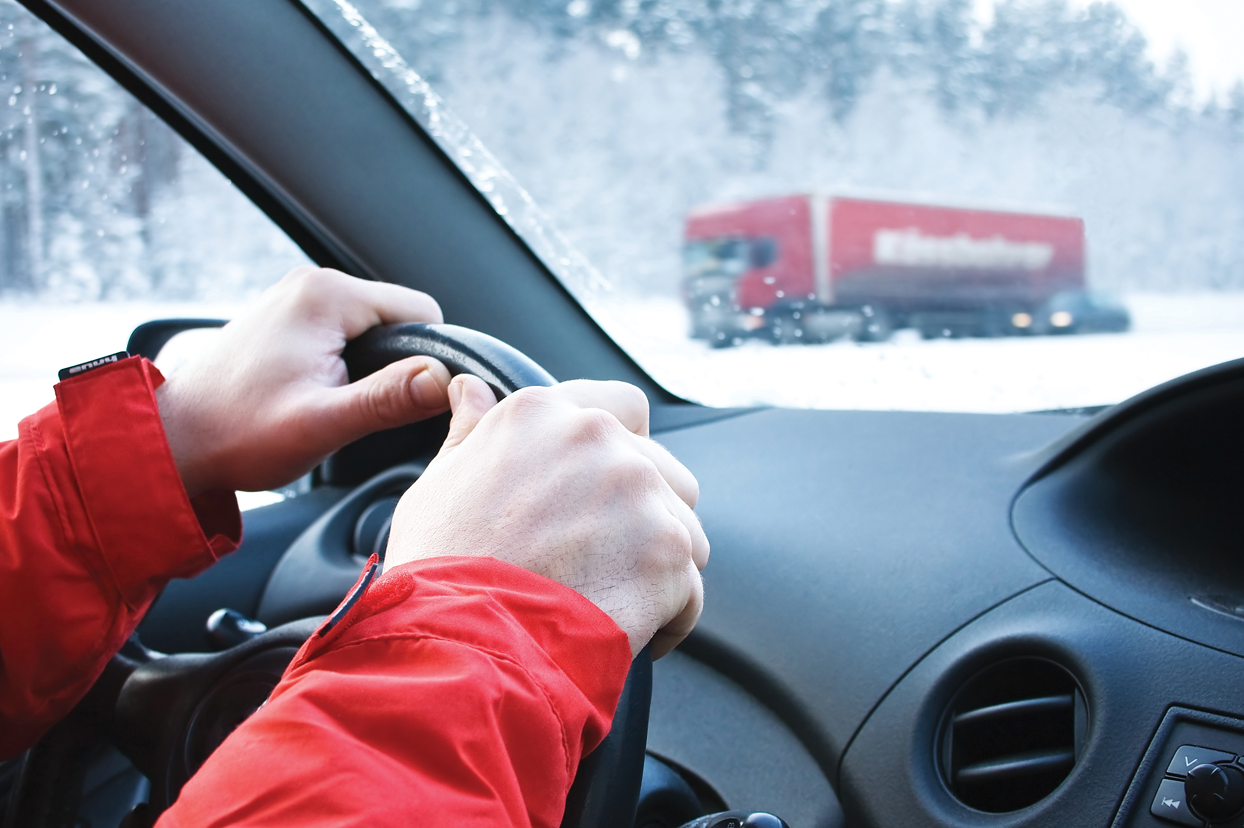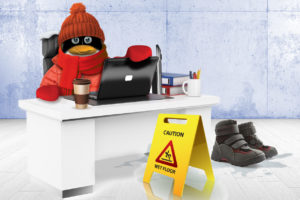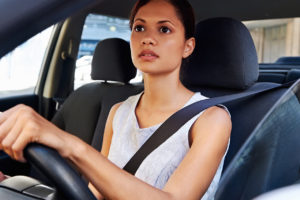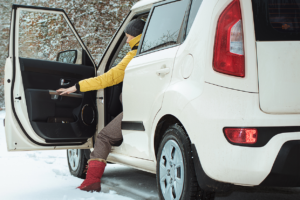January 11, 2017
11 common sense tips for safe winter weather driving
Driving can be especially dangerous in snowy and icy weather.
Share these tips for safe winter driving with your employees:
- Increase your following distance.
It takes longer to stop in wet and icy conditions, so you’ll need to increase your following distance beyond the standard 2-second rule. - Slow down, and allow plenty of travel time.
The faster you drive, the harder it becomes to stop, especially in slippery conditions. Allow plenty of time to get to your destination so you have no reason to rush. - Accelerate and make turns slowly and cautiously.
This prevents you from losing control of the vehicle. - It’s OK to reschedule.
Is it really necessary to travel across town in a snowstorm for a meeting that could easily be rescheduled? Use common sense. - Prepare your vehicle.
Ensure windows are scraped, all snow is brushed off (from the entire car, not just the windows), headlights are cleared, tire pressure is correct (go by the sticker on your doorframe, not the side of the tire), wipers are functioning and there’s windshield washer fluid in the reservoir. - Perform proper vehicle maintenance.
Make sure tires are in good condition and treads haven’t become flush with the treadwear indicator bars. Inspect and replace windshield wiper blades when needed. - Be aware of black ice, especially at intersections.
This ice is tough to see, and it can send you sliding. - Turn on your headlights in poor conditions.
This helps you see and be seen. - Be careful on bridges and overpasses.
They can be slippery even when other roads are not. - Stay back from snowplows.
Stay at least 300 feet behind a snowplow, and never pass one because they create clouds of snow that can cause low visibility. - Keep an emergency kit in your car.
Include a blanket, warm clothes, something for traction (such as road salt, sand or kitty litter), a shovel, a first aid kit, a flashlight, jumper cables, a battery-powered radio, snack foods, water, emergency flares or reflectors, a tow chain or rope and a way to power your cell phone in the winter emergency kit in your car.
Check the resource catalog for safety talks and other resources related to safe winter driving.





